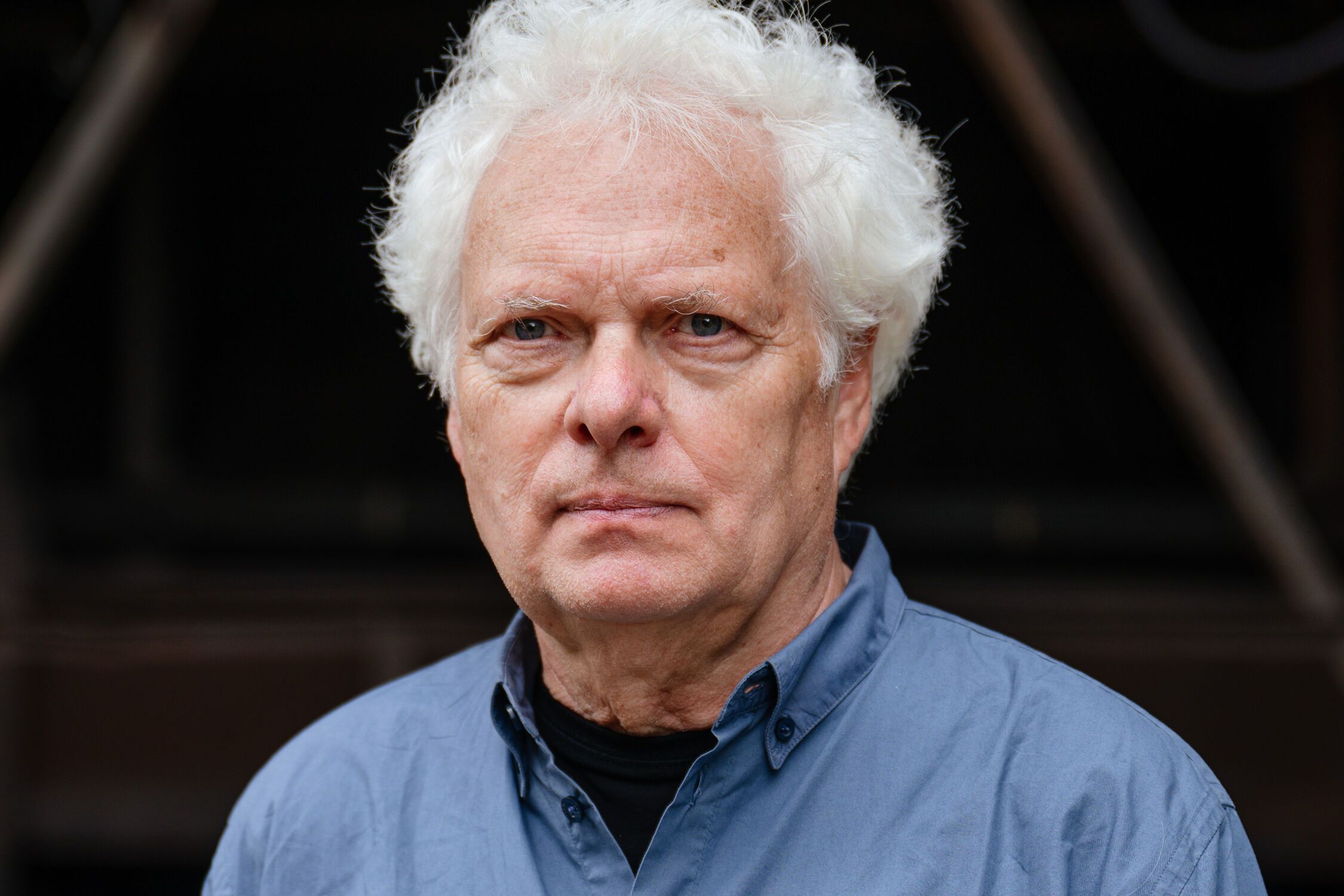Heiner Goebbels

Heiner Goebbels (* Neustadt an der Weinstraße, Germany) is a musician, composer and theatre maker. He lives in Frankfurt am Main and Berlin. Goebbels is one of the most important representatives of the contemporary music and theatre scene. His compositions for ensembles and large orchestras are performed all over the world, as are his music theatre and scenic concerts.
Goebbels has also created a large number of sound and video installations for the Documenta in Kassel, the Centre Pompidou in Paris and the Museo Reina Sofia in Madrid.
His multimedia concepts go beyond the traditional framework of concert music and conventional theatre. He uses space and light, words and movement with the same virtuosity as instruments and voices, invented or found material to realise his music-theatrical concepts, extending the concept of composition beyond its sonic qualities.
His oeuvre also includes audio works based on texts by Heiner Müller, compositions for ensemble and orchestra such as “Surrogate Cities” (1994) or “A House Of Call” (2020) and music theatre pieces such as “Schwarz auf Weiss” (1996), “Eraritjaritjaka” (2004) or “Stifters Dinge” (2007).
Works such as “Schwarz auf Weiss” and “Eislermaterial” are part of the repertoire of the Ensemble Modern.
In the former iron works Völklinger Hütte, Goebbels recently presented his new work “Orakelmaschine”, a site-specific project with light, music and voices.
In the 1970s, Heiner Goebbels became known for his work as a duo with Alfred Harth, and later with the experimental rock group Cassiber. He currently works with the electro-acoustic formation The Mayfield.
Goebbels has also written theoretical texts published in the anthology “Komposition als Inszenierung”, (2002) and his book “Aesthetics of Absence – Texts on Theatre” (2015).
From 1999 to 2018, Goebbels was professor at the Institute for Applied Theatre Studies, and from 2018, he was appointed as the first recipient of the Georg Büchner Professorship at the Justus Liebig University in Gießen. From 2006 to 2018, he was president of the Hessian Theatre Academy, to whose foundation he contributed significantly, and which is committed to promoting young artists and, among other things, art as social practice.
From 2012 to 2014, he was Artistic Director of the Ruhrtriennale.
Heiner Goebbels is a member of the Akademie der Künste in Berlin, and other academies of science and the arts.
Goebbels has received numerous awards for his artistic work, including the Prix Italia, the European Theatre Prize and the International Ibsen Prize.
All Appearances of Heiner Goebbels

